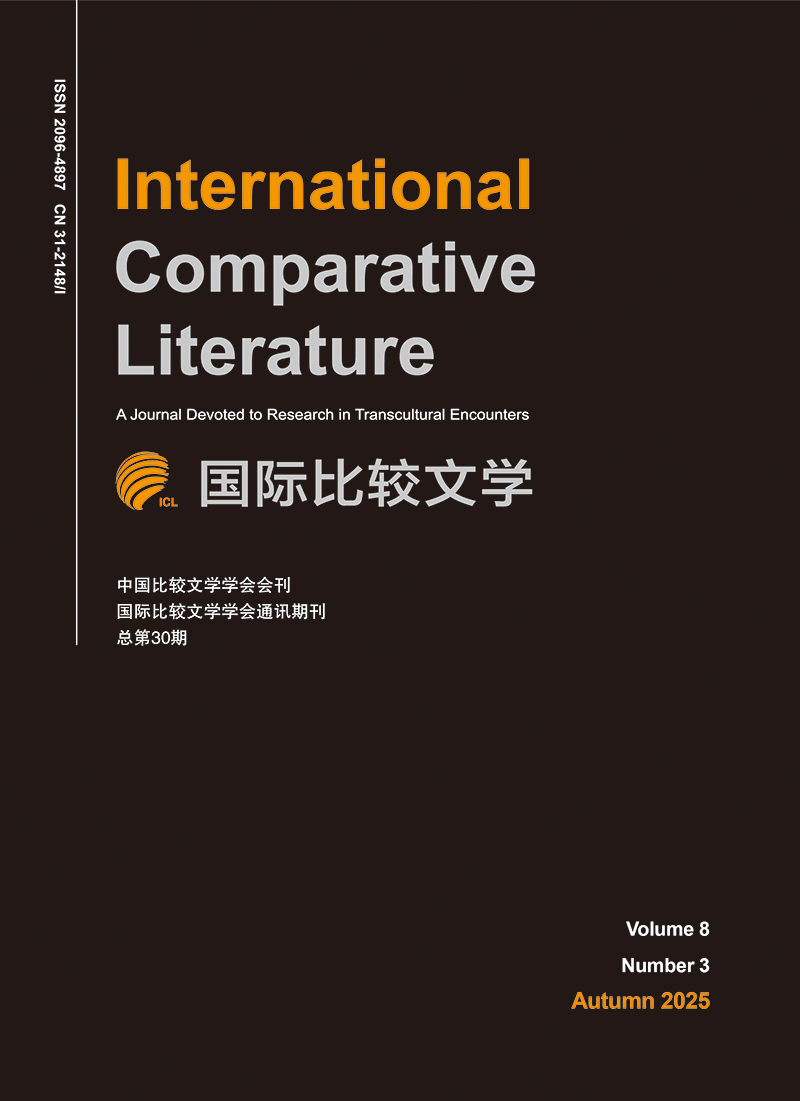-
摘要: 19世纪末20世纪初英国通俗文学中盛行“黄祸论”“恐华症”等论调,将中国塑造为野蛮危险的形象,而随着“一战”的爆发,英国精英文人又积极学习借鉴中国古典文化精神,转而迷恋和推崇中国。处于这两种截然相反的文学流派之间的托马斯·伯克则通过对伦敦莱姆豪斯华人聚居区的系列书写,接纳了多重文化影响,其小说呈现出文化杂糅的特征。伯克的《莱姆豪斯之夜》和《更多莱姆豪斯之夜》两部短篇小说集呈现了三种文化范式:一是伯克对18世纪“中国热”美学遗产进行吸收重组;二是受到通俗剧等大众文化元素以及工人阶级争夺文化领导权的影响,伯克将都市通俗剧与贫民窟罗曼司等叙事要素加入“莱姆豪斯之夜”故事中;三是中国古代民间故事、伦理及美学手法等传统文化要素也影响了伯克后期的莱姆豪斯书写。Abstract: In late 19th and early 20th-century British popular literature, the rhetoric of “Yellow Peril” and Sinophobia was prevalent, portraying China as a barbaric and dangerous entity. However, with the outbreak of World War I, British intellectuals began to actively study and borrow from the spiritual essence of classical Chinese culture, leading to a fascination and admiration for China. Positioned between these two contrasting literary trends, Thomas Burke, through his writings on London’s Limehouse Chinatown, embraced multiple cultural influences, resulting in novels that exhibit a fusion of cultures. Burke’s short story collections “Limehouse Nights” and “More Limehouse Nights” present three cultural paradigms: firstly, Burke absorbs and reconfigures the aesthetic heritage of the 18th-century “Chinoiserie” ; secondly, influenced by popular culture elements such as melodrama and the working-class struggle for cultural hegemony, Burke integrates urban melodrama and slum romance narrative elements into his “Limehouse Nights” stories; thirdly, traditional Chinese cultural elements such as ancient folk tales, ethics, and aesthetic techniques also influenced Burke’s later Limehouse writings.
-
Key words:
- Thomas Burke /
- Limehouse Nights /
- Chinatown /
- popular fiction
-
[1] . 罗斯·福曼《中国与维多利亚想象:缠绕的帝国》,张涛译,译林出版社,2022 年。 [2] . 葛桂录《雾外的远音:英国作家与中国文化》,福建教育出版社,2015 年。 [3] . 肯尼斯·克拉克《哥特复兴》,刘健译,译林出版社,2021 年。 [4] . 许明龙《欧洲十八世纪中国热》,商务印书馆,2022 年。 [5] . Thomas Burke,Limehouse Nights. Rockville:Wildside,2003. ——. The Wind and the Rain:A Book of Confessions. London:Thornton Butterworth,1924. ——. More Limehouse Nights. New York:George H. Doran,1921. ——. Out and About:A Note-Book of London in Wartime. London:Allen & Unwin,1919. [6] . Ross G Forman,China and the Victorian Imagination:Empires Entwined,New York:Cambridge UP,2013. [7] . Eugenia Zuroski Jenkins,A Taste for China:English Subjectivity and the Prehistory of Orientalism. New York:Oxford UP,2013. [8] . P. J. Keating,The Working-Classes in Victorian Fiction,London:Routledge and K. Paul,2016. [9] . Paul Kendall,"The Oriental and the Music Hall:Sound and Space in Thomas Burke's Limehouse Chinatown",British Modernism and Chinoiserie,Edinburgh:Edinburgh UP,2015. 156-176. [10] . Barry Milligan,Pleasures and Pains:Opium and the Orient in Nineteenth-Century British Culture,Charlottesville:UP of Virginia,1995. [11] . Jonathan Rose,The Intellectual Life of the British Working Classes,New Haven & London: Yale UP,2010. [12] . John Seed,"Limehouse Blues:Looking for Chinatown in the London Docks,1900-40",History Workshop Journal 62.1(2006):58-85. [13] . Ben Singer,Melodrama and Modernity:Early Sensational Cinema and Its Contexts,New York:Columbia UP,2003. [14] . George Steiner,After Babel:Aspects of Language and Translation,Oxford:Oxford UP,1975. [15] . Anne Witchard,Thomas Burke's Dark Chinoiserie:Limehouse Nights and the Queer Spell of Chinatown,Farnham:Ashgate,2009. -

 点击查看大图
点击查看大图
计量
- 文章访问数: 53
- HTML全文浏览量: 4
- PDF下载量: 5
- 被引次数: 0



 下载:
下载:

